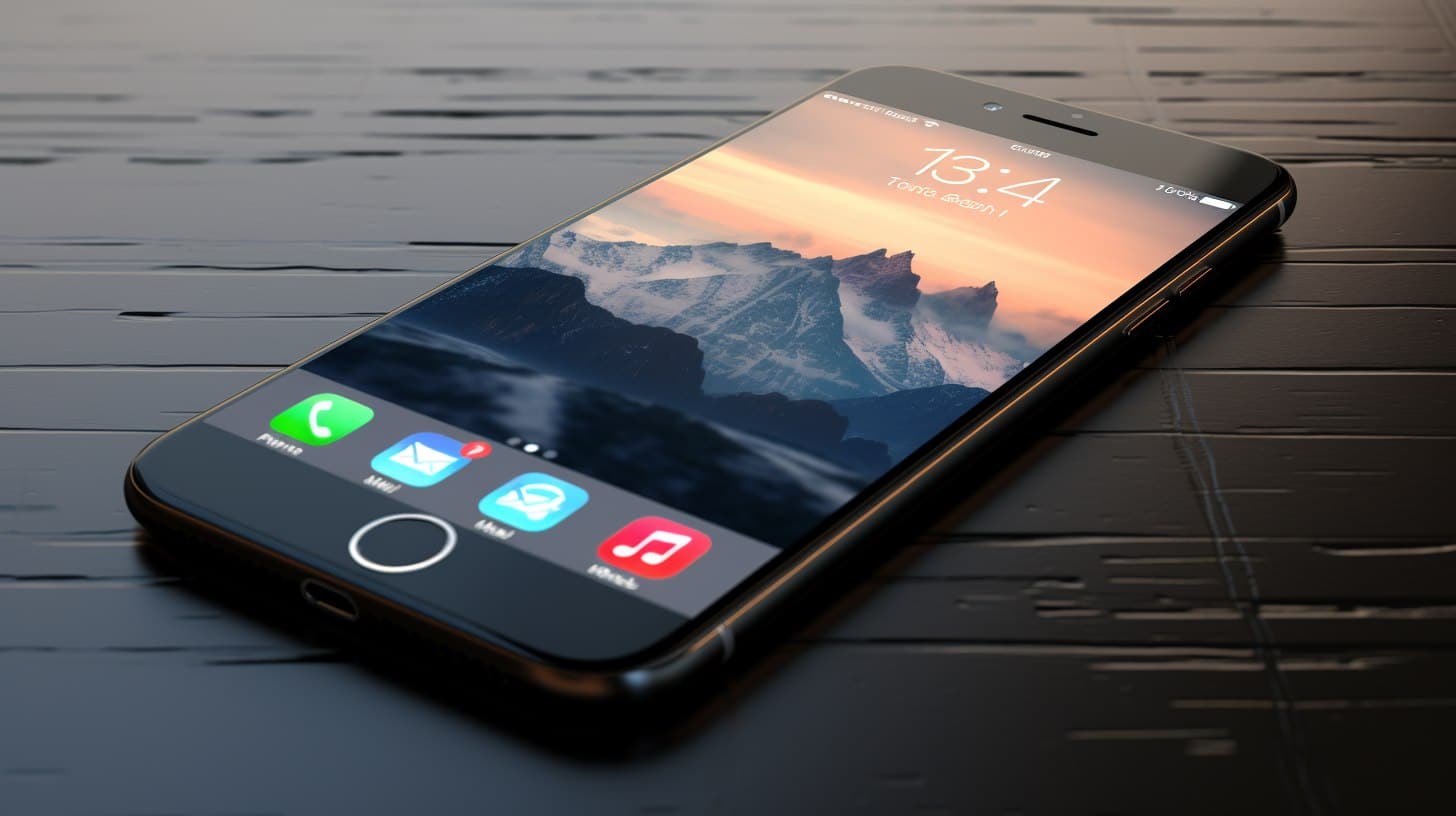The competition between smartphones is fierce, and two major players in the market are Apple’s iPhone and Google’s Pixel. Both companies strive to offer high-quality devices with cutting-edge technology, but they have distinct strengths and weaknesses that set them apart. In this article, we will conduct a SWOT (Strengths, Weaknesses, Opportunities, and Threats) analysis to compare the Apple iPhone and Google Pixel smartphones, and evaluate the competition between these two industry giants.
Overview: Apple iPhone and Google Pixel Smartphone Competition
The Apple iPhone and Google Pixel smartphones are both highly popular and have a significant market share. Apple’s iPhone has a loyal fan base and is known for its sleek design, high-quality hardware, and intuitive user interface. On the other hand, Google’s Pixel smartphones excel in software optimization and provide users with a pure Android experience. Both companies aim to deliver the best user experience possible, but they take different approaches in achieving this goal.
Strengths: Analyzing Apple iPhone and Google Pixel
One of the key strengths of the Apple iPhone is its ecosystem. With seamless integration between their devices, Apple provides a unified experience across products, allowing users to easily sync and share data. The iPhone’s camera is also a standout feature, consistently delivering excellent image quality and innovative photography modes. Moreover, Apple’s App Store is known for its extensive library of high-quality applications, giving users access to a wide range of services and entertainment.
On the other side, Google Pixel’s strength lies in software optimization. As the creator of Android, Google has a deep understanding of the operating system, and this reflects in the Pixel smartphones. The clean and pure Android experience offers fast updates and a smooth user interface. Additionally, Google’s emphasis on artificial intelligence (AI) and machine learning enables features like the advanced Google Assistant and excellent computational photography capabilities.
Weaknesses: Examining Apple iPhone and Google Pixel
One of the weaknesses of the Apple iPhone is its high price point. iPhones are known for their premium pricing, making them less accessible to a broader segment of the population. Additionally, despite the iPhone’s focus on privacy and security, Apple has faced criticism for its closed ecosystem, limiting customization options for users. Another weakness lies in Apple’s dependence on proprietary connectors, like the Lightning port, which may limit compatibility with other devices.
In contrast, Google Pixel smartphones have struggled with hardware design. While the software is highly optimized, the physical build quality and design of the Pixel devices have received mixed reviews. Additionally, the battery life of Pixel smartphones has been a point of contention, with users reporting shorter battery endurance compared to some competitors. Moreover, Google’s customer support for Pixel devices has faced criticism, with reports of slow and inadequate response to customer queries and issues.
Opportunities: Evaluating Apple iPhone and Google Pixel
Apple iPhone has an opportunity to expand its user base by offering more affordable iPhone models. By targeting the mid-range segment, Apple can tap into a larger market and attract price-conscious consumers. Moreover, the integration of Apple services like Apple Music and Apple TV+ into the iPhone ecosystem presents an opportunity to enhance customer loyalty and generate additional revenue.
For Google Pixel, there is an opportunity to improve its hardware design and compete on par with the premium smartphone market. By investing in innovative and aesthetically pleasing designs, Google can attract users who prioritize the physical look and feel of their devices. Furthermore, as Google continues to invest in AI and machine learning, leveraging these technologies can enhance the user experience and differentiate the Pixel smartphones from the competition.
Threats: Discussing Apple iPhone and Google Pixel Competition
A significant threat to the Apple iPhone comes from its competitors, particularly Android-based smartphones. As the global market is dominated by Android, Apple faces intense competition in terms of features, pricing, and availability. Additionally, as consumers become more conscious of privacy and data security, Apple may face threats from regulations and public perception if it fails to address privacy concerns adequately.
For Google Pixel, the primary threat comes from other Android smartphone manufacturers. Companies like Samsung, OnePlus, and Xiaomi offer high-quality devices at competitive prices, making it challenging for Google to capture a significant market share. Furthermore, Google’s reliance on software and AI may result in fewer hardware-related innovations, leaving Pixel smartphones with fewer differentiating features compared to their competitors.
In conclusion, the Apple iPhone and Google Pixel smartphones are strong contenders in the fiercely competitive smartphone market. While the iPhone excels in its ecosystem integration, camera quality, and app library, the Google Pixel stands out with its software optimization and AI capabilities. Both devices have their weaknesses, with the iPhone’s high-price point and closed ecosystem, and the Pixel’s hardware design and customer support concerns. Opportunities lie in expanding market segments for both companies, and threats come from fierce competition and changing consumer preferences. As technology continues to evolve, it will be interesting to see how these two giants continue to innovate and compete for dominance in the smartphone industry.













